Electronics • Generator
Gensafe (Sydney Tools) GHS2000i Inverter Generator Review
A practical, real-world look at the Gensafe GHS2000i inverter generator: why I bought it, how I broke it in, and what I found inside.
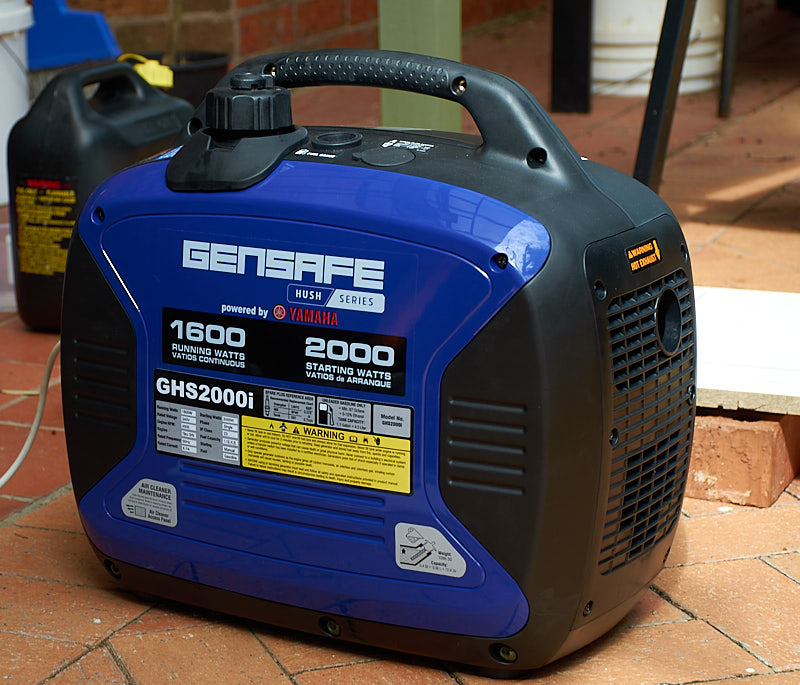
We have always wanted the peace of mind of having a generator at home in case we have a blackout. Funny I said that, as in the past 6 years in our house, we never had a blackout, so go figure why I wanted one! By the way, my drawers are full of all kinds of gadgets that you can’t even begin to imagine!
Why We Decided on This Generator
Firstly, we wanted an inverter generator instead of a non-inverter generator. In simple terms, an inverter generator has a lot more electronics inside to ensure that the output power is as perfect as possible and also ensure the engine only runs as hard as it needs to.
Generators are loud and you want to select the quietest possible if you are going to run it overnight in a quiet neighbourhood. Otherwise, your neighbour can shut you down by complaining to the police!
We also wanted a generator that is portable, as in the future, we want to go camping or caravanning with this. So that narrows things nicely to those “suitcase” generators that weigh no more than approximately 20 kg.
With the above criteria, the choices pretty quickly narrowed down to either a 1000 W or 2000 W machine. As we want to use the machine during a blackout to power a fridge and some other appliances like a microwave, 1000 W would not be enough, as most machines quote peak power and the continuous power is sometimes only 80% of the quoted power. For example, the Gensafe is only good for 1600 W continuous power despite being labelled as a 2000 W (peak power) machine.
2000 W Suitcase Inverter Generator Choices
There are two quality brands that nearly everyone gravitates towards: Honda (EU20i or EU22i) and Yamaha (EF2000is or EF2200is). But these machines are expensive.
When searching for the right machine to buy, the Gensafe fitted our requirements and budget and probably came in at about 35% less than those branded models.
This generator is only sold through Sydney Tools and it has a Yamaha MZ80 engine which is the same engine that powers the Yamaha-branded EF2000is. Sydney Tools is offering a 5-year warranty for residential use.
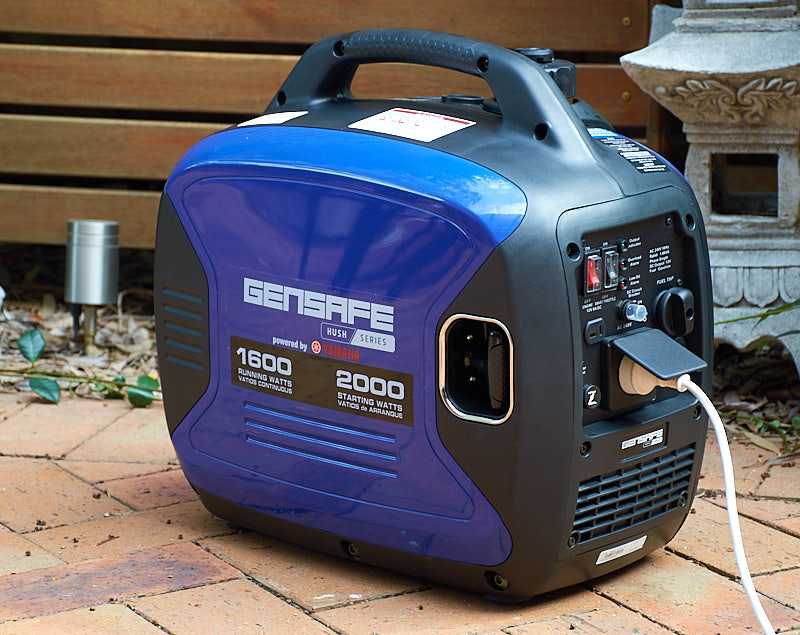
Why I Wouldn’t Buy a Second-Hand Generator
Generators are run by small petrol engines and unfortunately, buying second-hand you would never understand how the machine was used. Did the previous owner change the oil diligently? There is no hour meter on the machine, so you would never know how much work the machine has done. How was the machine broken in?
These machines are not cheap and even second-hand, the Hondas and Yamahas still retain as much value as a brand new Gensafe – another reason why we gravitated towards the Gensafe.
Inside the Gensafe GHS2000i
The features of this type of inverter generator are pretty much the same. They all have some kind of smart throttle that changes the engine speed based on load. They all have a 12 V outlet – which I don’t see much point in, as you can always plug in a quality charger at the power outlet.
One feature you should always look for is the fuel tap. It is very important as it allows you to run the fuel out of the carburettor before you store the machine. Unfortunately, the Honda has no such feature!
Here are some photos of the inside of the machine. The engine block is clearly stamped with Yamaha.
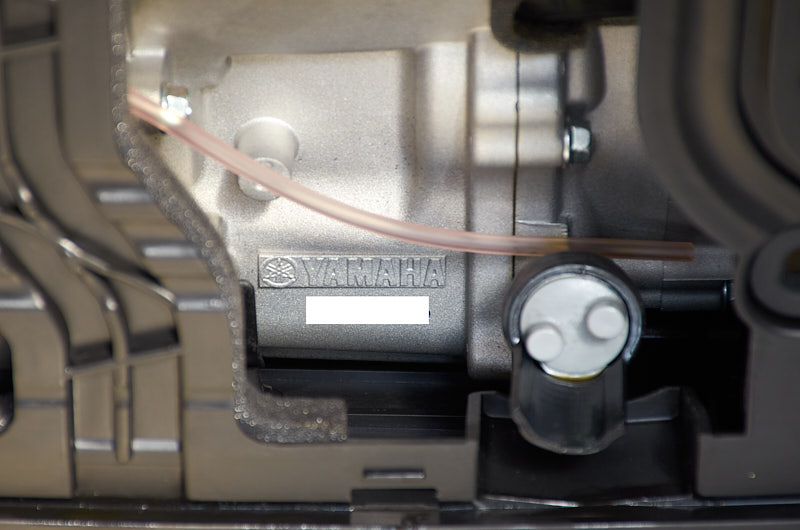
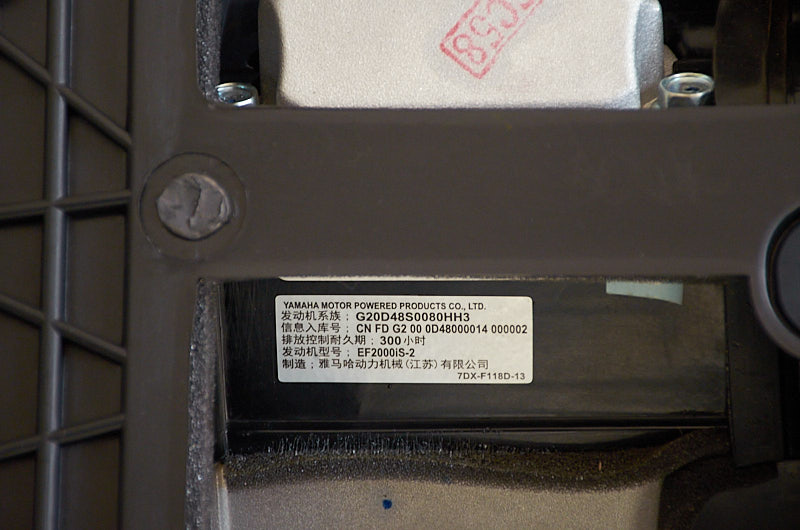
Interestingly, the manufacturer label on the machine indicates this machine may be manufactured by Yamaha China. Even the model on the label is referred to as (Yamaha) EF2000is-v2. So my suspicion is that this is a Yamaha machine made in China with a private label.
I don’t know if they would reduce the cost by using some lower-quality parts in their inverter electronics or carburettor or exhaust or air intake. But the fact that this machine appears to be manufactured by Yamaha China is a bonus!
How I Broke In the Gensafe
Don’t store your machine when you get home – you should break it in before you store it. That ensures you have a machine that is ready to use in an emergency.
There are so many theories about how to break in a small engine on the internet; I don’t intend to cover all the options here. Unfortunately, the user manual, either Yamaha or Gensafe, does not cover break-in at all. Here is what I did.
Obviously, before you even attempt to run the machine, put in the correct engine oil and I used this:
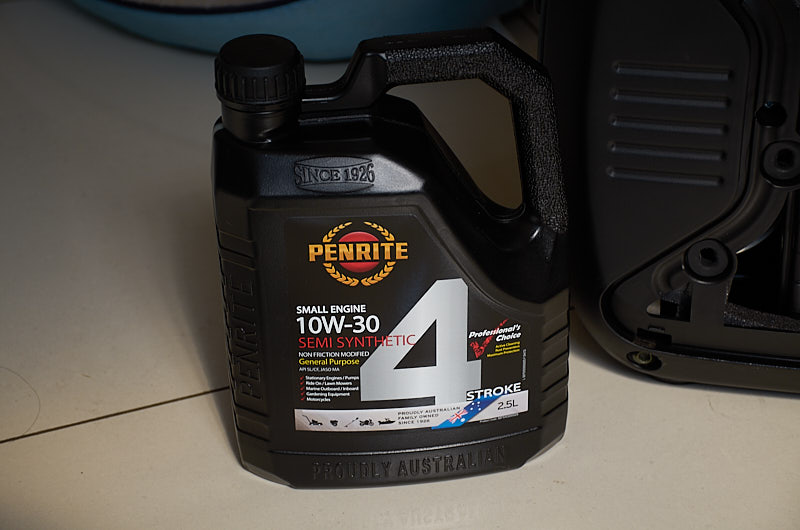
My Break-In Method
- Put the generator under reasonable load (but not full load) so that the piston rings and cylinder bore can wear in to form a good seal. I don’t agree with running the machine at idle with no load during break-in.
- Vary the engine speed (i.e. vary the load for inverter generators with smart throttle – yes, put your machine in smart throttle mode – very important!) during the break-in process.
- Use dummy loads that can vary from 1/4, 1/2, 3/4 to full loading of the machine. I used things like a rice cooker (haha!), angle grinder (my neighbour loves me!), lots of halogen lights, etc. From time to time, remove all loads for a few seconds before you start again.
- Change the oil at the end of the break-in process. We ran it for 2 hours and then changed the oil. The user manual advises the first oil change after 20 hours of use and we will do that again when the time comes.
- Oil is pretty cheap (another tip: don’t buy the tiny 1 L oil – buy at least 2.5 L as each change requires 0.4 L) and this early oil change gives your machine the best start in life.
- Finally, let your machine run out of fuel by turning the fuel tap to OFF. This drains all the fuel out of the carburettor. Old fuel is bad for any engine, especially carburettor engines. Do this and you shouldn’t have starting problems next time.
Quality of Electrical Output
I hooked up my oscilloscope to check the pure sine wave and yes – they are pure!
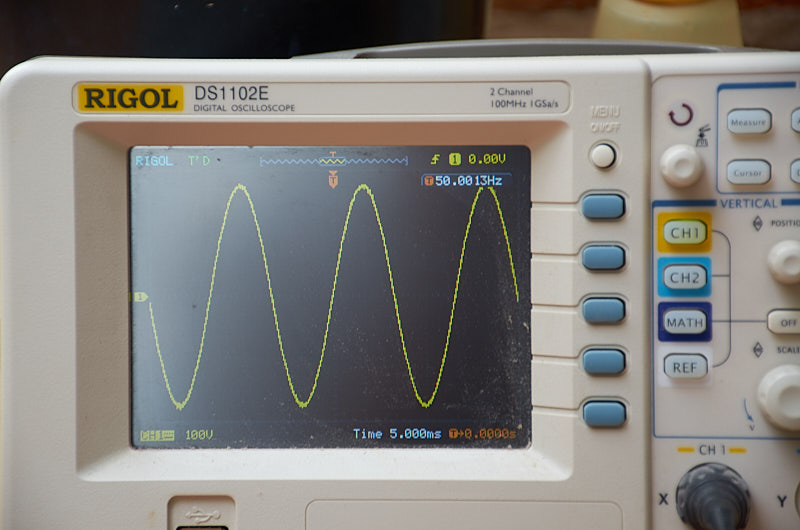
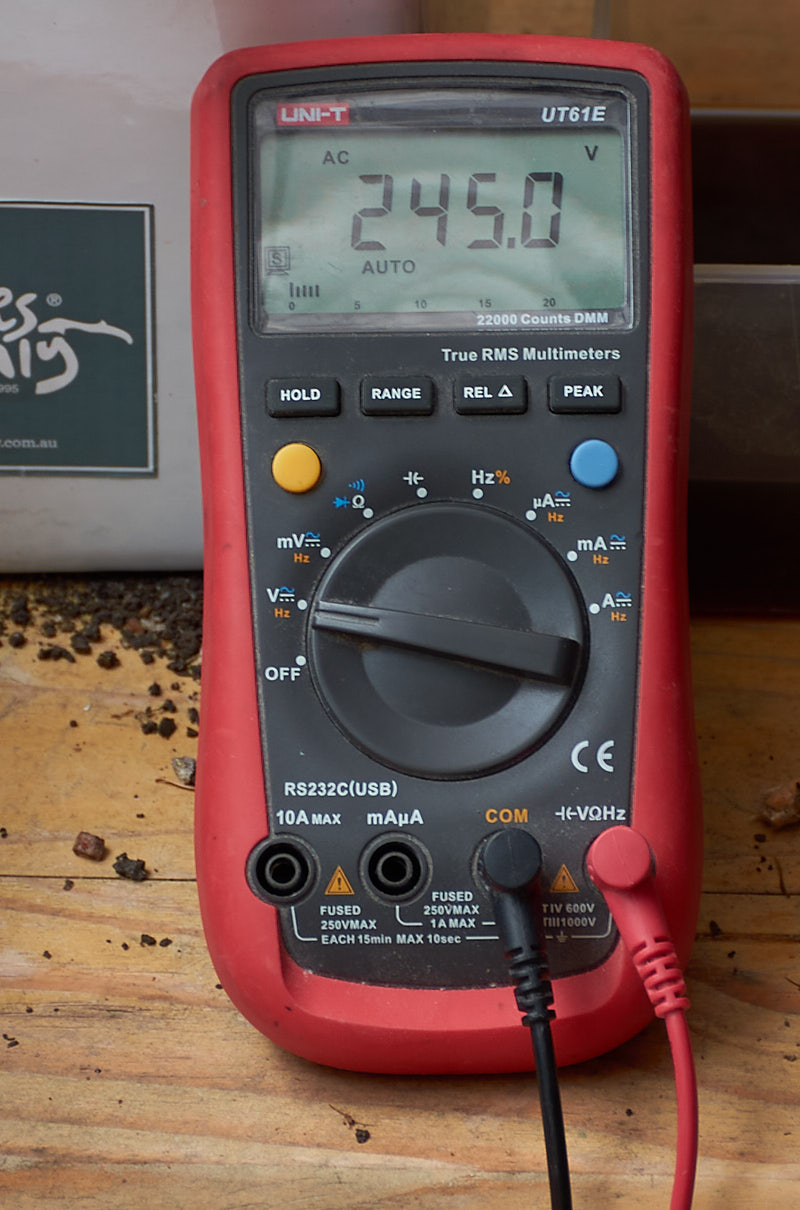
More Testing to Come
When I have time, which everyone has plenty of at the moment, I will use the generator to run some appliances and give more details about how the machine performs in real life!
💬 Have thoughts? Leave a comment or question below — I read every one!